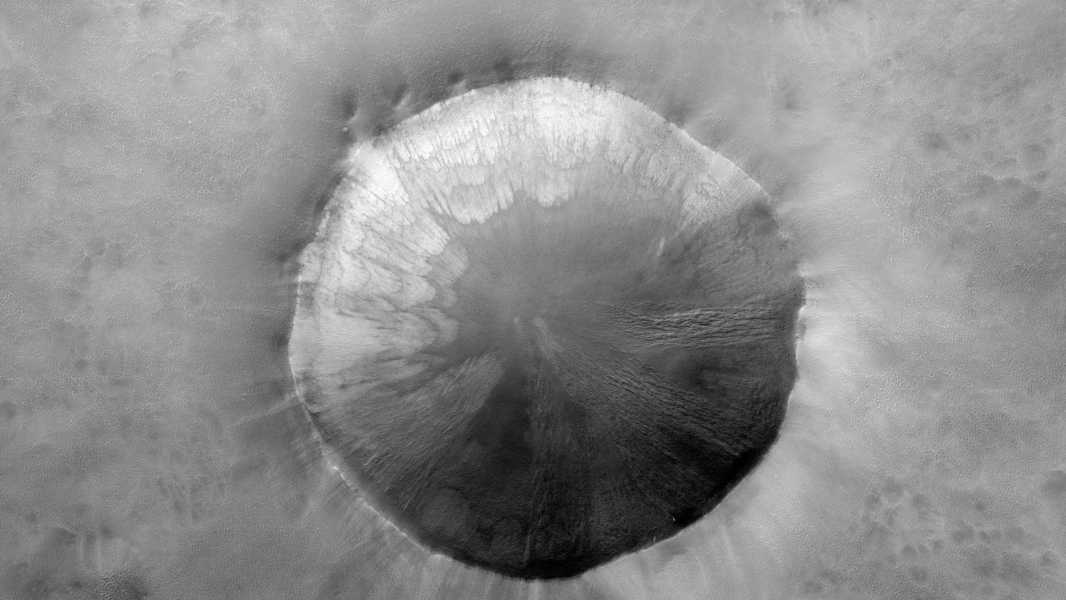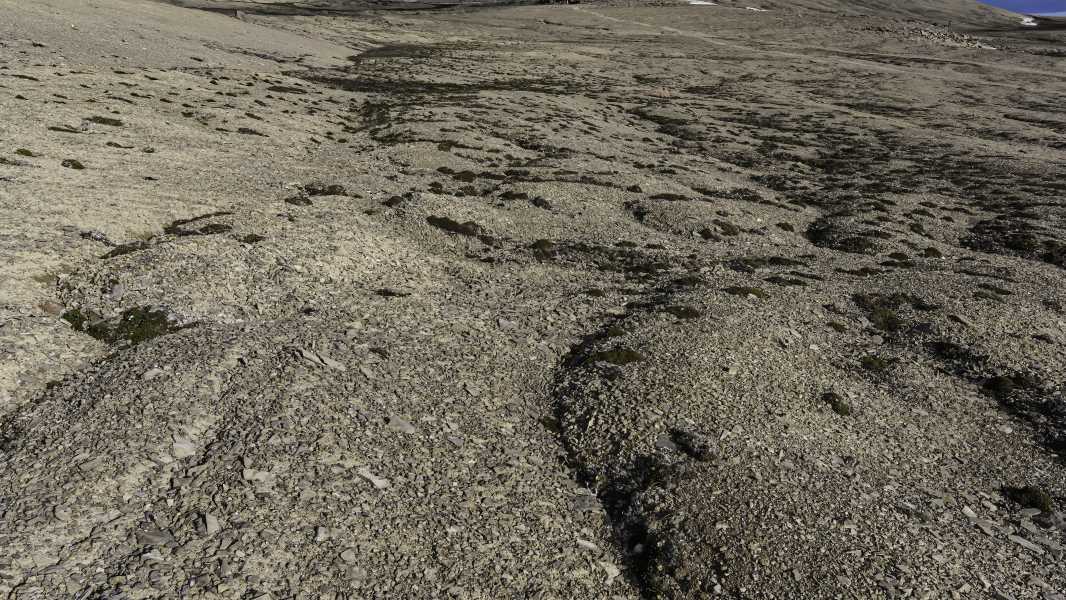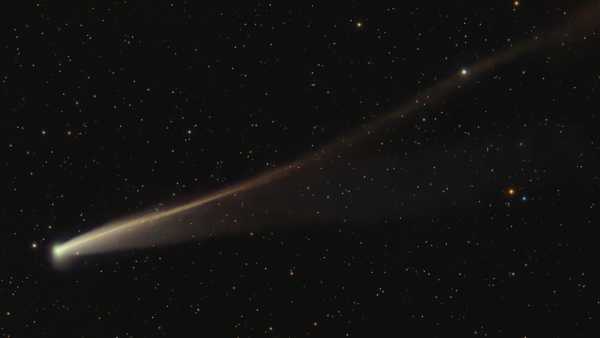
Mars has wavy soil patterns that resemble those found on Earth. This image from the Mars Reconnaissance Orbiter shows the patterns inside a Martian crater. (Image credit: NASA/JPL-Caltech/UArizona)
High-quality satellite images have revealed paint-like patterns on Mars that match those found on Earth, according to a new study.
Familiar soil samples suggest that the formation processes of Mars and Earth may have been similar. On Earth, similar samples form on the slopes of cold mountainous areas where soils freeze and thaw throughout the year. If Mars once had similar icy, wet conditions, such samples would be excellent subjects for studying the role that liquid water may have played in the formation of the Red Planet and its potential to retain signs of life.
“Understanding the mechanisms by which these patterns form provides valuable information about the climate history of Mars, particularly about possible freeze-thaw cycles in the past, although more research is needed to determine whether these features are recent or long-standing,” said lead study author John Paul Sleiman, a doctoral student in the Department of Earth and Environmental Sciences at the University of Rochester in New York.
“Ultimately, this research could help us identify evidence of past or present conditions on other planets that may promote or hinder potential life,” Sleiman added.
The research was published March 26 in the journal Icarus.
On Earth, such soil patterns are known as solifluction lobes. They form when a layer of frozen ground partially thaws and loosens, causing soil to move downslope. This effect creates wave-like patterns on hillsides in cold regions. Mars is farther from the Sun than Earth and is generally much colder, but Martian lobes are found exclusively at high latitudes.
Some previous studies have suggested that high-latitude regions of Mars may have experienced freeze-thaw conditions in the planet's recent climate history, which would explain the similarity of its lobes. However, there are many unresolved questions about the Martian lobes, including why they appear significantly larger than those on Earth, according to this study.

Wave-like soil structures form in cold mountainous regions of the Earth.
According to the statement, the research team, by analyzing high-resolution satellite images of the Martian surface obtained by the HiRISE camera on board the Mars Reconnaissance Orbiter, found that the undulating landforms have the same basic geometric structure as landforms in the Rocky Mountains, the Arctic and other cold mountainous regions of Earth.
Sourse: www.livescience.com





